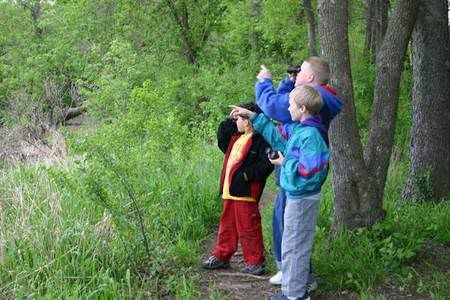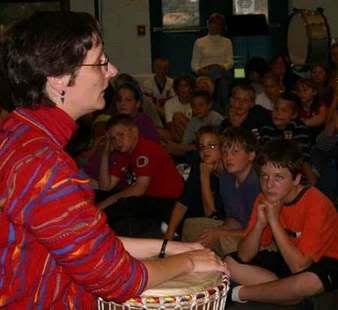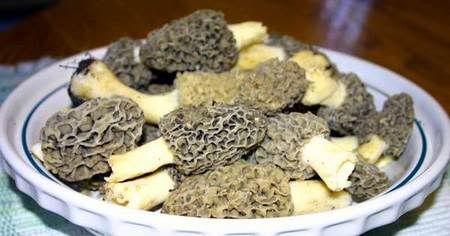Tales of mystery and loss

1959 A hot, stuffy, subterranean gymnasium is the setting. On the floor is gathered a passle of squirmy children, kindergarten through sixth grade, being admonished by their teachers to "be quiet." Along with the gym, much of the rest of the scene is stuffy in my memory banks, but I do remember this; the guest speaker had asked if anyone knew what the mama Kildeer did to protect her babies. Several older kids were called upon to give their answers, none of which were correct. One little girl in kindergarten, long braids, fashionable cats-eye glasses, raised her hand.
"She runs the other way. She pretends her leg is broken."
Yes, that little kindergartener was me. I had learned bird lore from my mom, my dad, other family members who simply pointed out these birds by name, usually piquing my interest with some little fact like that to help me remember them better. I've never really stopped gathering those little facts and sharing them with eager learners, first my sons when they were young, now my young students at school. Birds hold intense interest for me, but my sense of wonder has never been limited to birds alone. In order to appreciate them, knowledge of their habitat, the weather, their predators, all come into play.
It's not an accident that many of the stories to which I am drawn have an element of the natural world. My first original story involves a scene witnessed while enjoying the pageantry of the natural world.
It would seem that this sense of wonder is being rapidly eroded by a combination of fear and electronic mediated experiences in the lives of those who will inherit this world from us. I've been reading Richard Louv's Last Child in the Woods, and the picture he draws does not bode well for the wild places left on earth, nor for the next generation coming forth. There are any number of points to ponder among this book, but the one that struck me was the notion that if we can't name something, it loses any value for us. In the book, Paul Dayton, professor of oceanography at Scripps Institution of Oceanography in LaJolla, laments the fact that even among his elite graduate students, there appears to be a lack of any real training in natural history. In other words, they don't even know the names of the things they study.
Maybe the name isn't as important as the curiosity and wonder when one finds connection with a piece of nature in today's increasingly concrete world. Just two days ago, I had an unusual sighting. As my husband and I stood in the checkout line at the huge warehouse style grocery store, something fluttered just beyond our peripheral vision.
"Was that a moth?" he asked me. I thought I'd seen it, too. Looking around, I spotted the most beautiful moth I'd ever seen, and instantly identified it as a Luna moth. Sadly, in today's world, people are more likely to know it as "the Lunestra moth," courtesy of an ad campaign for sleep aid medication.
The poor thing sat on the floor, unable to take wing. We watched as several people, completely oblivious, just missed stepping on it. I couldn't take it anymore, and grabbed a card from my purse to scoop it and return it to the outdoors. A little boy, about seven years old, watched in fascination.
"What are you doing?"
I explained to him about the moth, and excited, he managed to capture it on the edge of a wing, just as I remembered doing in childhood. He couldn't have been happier as the delicate green wings fluttered in his hand. He showed his grandma. He showed the cashiers, who instead of being delighted, were horrified.
I didn't care. Neither did my new little friend. He was still chattering away about "helping the lunar moth." Hopefully, when he grows up, he'll remember his encounter with nature's artistry. Maybe this encounter will be the one that launches a life-long interest in natural history. I can only hope it will.
Stories have power beyond entertainment. We remember stories when we can't remember mundane facts. The story in which Hummingbird does his part to hold up the sky helps us appreciate this tiny bird's fierce tenacity. The story of the boy who picked up a rattlesnake that promised not to bite reminds us to respect the animals we encounter. This is why I choose to tell many stories of the natural world around us. Perhaps in knowing the stories of the creatures that share our world, my students will regain and claim their sense of wonder.

Gwyn's young birders: the next generation of naturalists?




